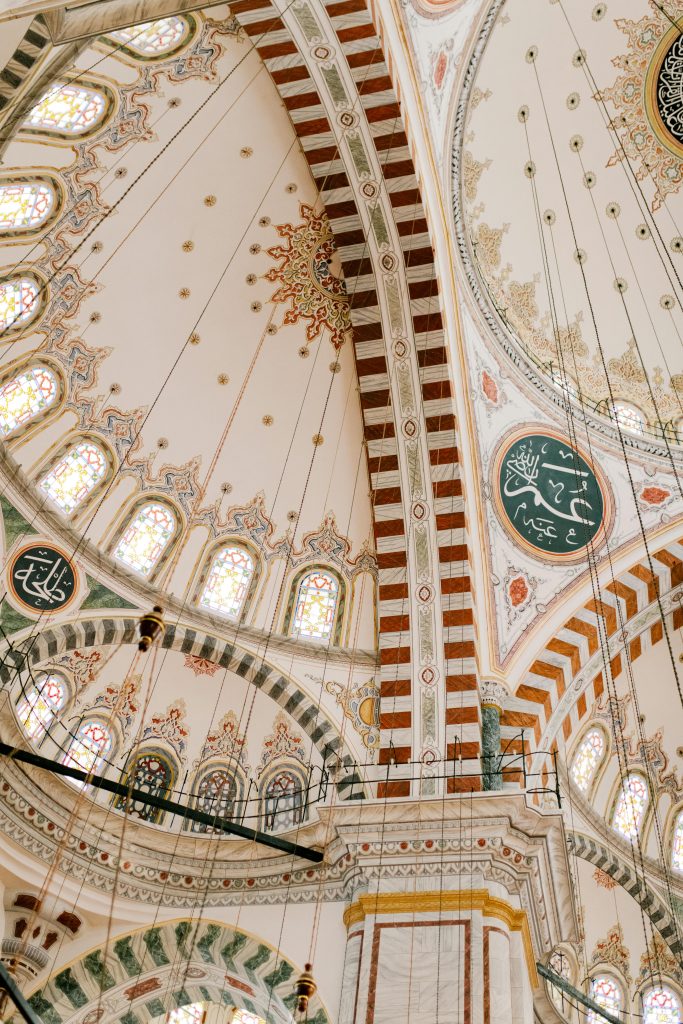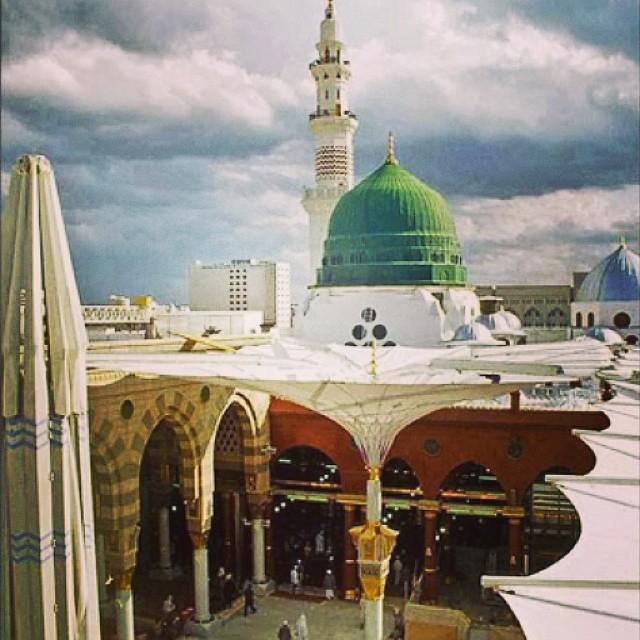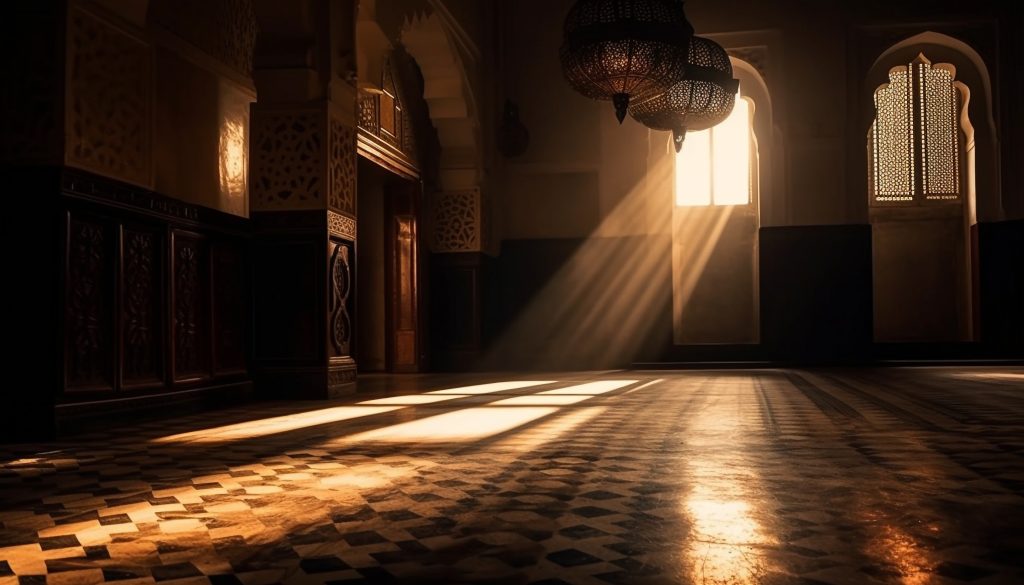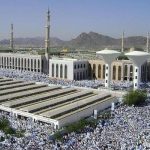Introduction
Welcome to the Umrah International blog! As your trusted travel agency dedicated to providing unforgettable pilgrimage experiences, we believe that understanding the Islamic calendar enhances your spiritual journey. Join us as we delve into the significance of the Hijri year, the framework of the Islamic lunar calendar, and how it beautifully intertwines with your upcoming Umrah pilgrimage. This exploration will not only enrich your travel plans but also deepen your connection to Islamic traditions and practices.
The Hijri Year: A Cornerstone of Islamic Timekeeping
The Hijri year (Arabic: سَنة هِجْريّة) is more than just a measure of time; it’s a reflection of Islamic identity and history. This lunar calendar begins its count from a momentous event in Islamic history: the Hijrah, or the migration of the Prophet Muhammad from Mecca to Yathrib (now Medina) in 622 CE. This event was pivotal, marking the establishment of the first Muslim community, or ummah.
In the Western world, the Hijri year is commonly denoted as AH (Latin: Anno Hegirae, translating to “in the year of the Hijra”). This contrasts with the Christian/Common era (AD/CE) and the Jewish eras (AM), establishing a unique identity for Islamic timekeeping. In predominantly Muslim countries, the abbreviation H (for Hijra) is frequently used.
The Structure of the Islamic Calendar: A Unique Rhythm
A year in the Islamic lunar calendar consists of twelve months and typically spans 354 to 355 days. This shorter duration means that the Islamic New Year occurs approximately ten days earlier each year when compared to the Gregorian calendar. For example, 2024 CE aligns with the Islamic years AH 1445 – 1446. Knowing these correlations is particularly valuable for those planning their Umrah, allowing for a well-timed spiritual experience.
The Meaning Behind the Hijri Era
The Hijri era is based on the Islamic lunar calendar, with its epoch rooted in the year of the Hijrah. It begins on the first day of Muharram, corresponding to July 16, 622 CE. Interestingly, while the actual Hijrah took place on the 8th of Rabi al-Awwal, the Islamic New Year was established to start with Muharram. This highlights the importance of both the migration and the establishment of the new community.
Shia vs. Sunni Perspectives: A Unique Understanding
While Sunnis universally recognize Muharram as the beginning of the Hijri year, Twelver Shias view Rabi’ al-Awwal as the starting point. This difference can lead to varying interpretations of significant historical events. For instance, while Sunnis state that the Battle of Karbala occurred 61 years after the Hijrah, Shias believe it occurred 60 years later, reflecting a distinct historical narrative.
Historical Context: The Transition from Pre-Islamic Calendars
Before the advent of Islam, the Arabian Peninsula utilized its own lunar calendar with named months. Events were often referenced by these names; for example, the year of Muhammad’s birth was known as the Year of the Elephant (570 CE).
Seventeen years post-Hijrah, a complaint from Abu Musa al-Ash’ari led Caliph Umar ibn al-Khattab to formalize a calendar, discarding the previously used named years. The Hijrah was selected as the epoch for this new era, with Muharram designated as its beginning.
The Art of Conversion: Navigating Between Calendars
For travelers planning their Umrah journey, understanding how to convert between the Gregorian and Hijri calendars is essential. Here are some helpful formulas for conversion:
- AH to CE:
CE=0.970229×AH+621.5643CE = 0.970229 \times AH + 621.5643CE=0.970229×AH+621.5643 - CE to AH:
AH=1.030684×(CE−621.5643)AH = 1.030684 \times (CE – 621.5643)AH=1.030684×(CE−621.5643)
Given that the Hijri year is shorter than the Gregorian year, a Hijri year will typically overlap with two Gregorian years. For example, 2008 CE corresponds to the last week of AH 1428, all of 1429, and the first few days of 1430.
The Twelve Months of the Hijri Calendar: A Journey Through Time
Each month of the Hijri calendar carries its own significance and offers unique opportunities for spiritual growth. Here’s a glimpse into each month:
- Muharram: The sacred start of the year, a time for reflection and remembrance. It encourages introspection and community gathering.
- Safar: Often associated with travel, this month has rich historical significance and prompts discussions about journeys—both physical and spiritual.
- Rabi’ al-Awwal: Celebrated for the birth of the Prophet Muhammad, this month inspires additional prayers and community activities, fostering a spirit of togetherness.
- Rabi’ al-Thani: A time to increase charitable acts and engage in community service, promoting unity and support.
- Jumada al-Awwal: This month is a time for reflection, preparation, and spiritual cleansing.
- Jumada al-Thani: Continues the themes of community engagement and reflection, encouraging acts of kindness and charity.
- Rajab: A sacred month, urging self-discipline, spiritual growth, and preparation for the upcoming months of worship.
- Sha’ban: A month for heightened devotion, often seen as preparation for Ramadan, filled with additional prayers and Quran recitation.
- Ramadan: The pinnacle of spiritual reflection and fasting, this month is a profound time for worship, community bonding, and self-discipline.
- Shawwal: Following Ramadan, Shawwal celebrates Eid al-Fitr, a joyous occasion marked by gratitude and festivity.
- Dhu al-Qi’dah: A month of peace and reflection, encouraging deep spiritual practices.
- Dhu al-Hijjah: The final month, during which Hajj is performed. This is a time for significant worship, sacrifice, and community celebration.
The Role of Moon Sighting: A Community Tradition
Traditionally, the commencement of each month is marked by the sighting of the hilal (crescent moon), creating a communal atmosphere of anticipation and celebration. This practice fosters a sense of unity among Muslims worldwide. Some communities, such as the Bohras and certain Shia sects, utilize a tabular calendar, which standardizes month lengths based on calculations rather than moon sightings.
Conclusion:
Understanding the Hijri year not only enriches your knowledge of Islamic traditions but also prepares you for a fulfilling Umrah pilgrimage. Each month presents an opportunity for spiritual growth and reflection, allowing you to connect more deeply with your faith.
At Umrah International, we are dedicated to guiding you through this sacred journey, ensuring that every step aligns with the profound significance of the Islamic calendar. Your pilgrimage is more than just a travel experience; it’s a transformative journey of faith and connection.
Thank you for exploring the Hijri year with us. We invite you to reach out for more information and let us assist you in planning an unforgettable Umrah experience. Your spiritual journey begins here!

















